
 SYDNEY, July 18 (Reuters) - Global AIDS treatment will fall far short of a universal target to have five million people being treated by 2010, due to a continued lack of access to drugs by many of the world's impoverished people, said a new report. The report analysing AIDS treatment in 17 countries and titled "Missing the Target" said free HIV treatment was actually not free in many poor countries. "Free treatment is not truly free in most countries surveyed," said Gregg Gonsalves from the International Treatment Preparedness Coalition, which released the report on Wednesday. "Charges for diagnostic tests, medical care and other services are putting lifesaving care out of the reach of many thousands of people," Gregg said in a statement.
SYDNEY, July 18 (Reuters) - Global AIDS treatment will fall far short of a universal target to have five million people being treated by 2010, due to a continued lack of access to drugs by many of the world's impoverished people, said a new report. The report analysing AIDS treatment in 17 countries and titled "Missing the Target" said free HIV treatment was actually not free in many poor countries. "Free treatment is not truly free in most countries surveyed," said Gregg Gonsalves from the International Treatment Preparedness Coalition, which released the report on Wednesday. "Charges for diagnostic tests, medical care and other services are putting lifesaving care out of the reach of many thousands of people," Gregg said in a statement.Although 700,000 more people with HIV received treatment in 2007, the pace needed to accelerate, said the coalition, which represents activists in more than 125 countries. "Tripling the annual growth rate of treatment access from today's 700,000 to 2 million new people on treatment each year is both possible and necessary to meet the G8 commitment of coming close to universal access by 2010," said the coalition's report. The United Nations says close to 40 million people are infected with the AIDS virus and that treatment had dramatically expanded from 240,000 people in 2001 to 1.3 million by 2005. In June, world powers at the Group of Eight (G8) summit in Germany set a target of providing AIDS drugs over the next few years to approximately 5 million people.
STIGMA, MARGINALISED
While increasing numbers of people were being treated for HIV, the latest report said there remained serious challenges with marginalised people, inequitable access to care for rural populations and children, a lack of transportation, the stigma of being diagnosed and the high cost of drugs. Cambodia, which has some 134,000 people with HIV, was a "success story" in increasing treatment, it said. AIDS drugs only became available in Cambodia in 2004 and there were now 40 centres treating some 21,900 people. But the report said there was still a "large but silent minority" of marginalised people, such as sex workers, Vietnamese citizens living in Cambodia and people in remote areas and slums, who still did not receive treatment. "Many of these individuals...are reluctant to seek out health services in general because of fear of stigma and discrimination, if not harassment," it said.
China's free treatment programme, started four years ago, had expanded rapidly from August 2006 when 26,000 people were treated to 30,000 by June 2007, said the report. But this was a small percent of the official 650,000 people with HIV in China. Major obstacles in China to treatment were stigma and a "prohibitively expensive" test to confirm diagnosis, along with a lack of drugs and trained medical staff, it said.
India has one of the world's largest populations living with HIV-AIDS, about 2.5 million people, but as of 2007 only 70,780 people were being treated through 107 centres, said the report. "Clearly, therefore, only a fraction of those needing treatment are receiving it now or can hope to receive it in the next half a decade," said the report.
South Africa, the epicentre of the AIDS epidemic with 5.5 million people with HIV, was also struggling to treat people. As of 2007 some 257,100 patients were receiving drugs at specialist centres, with 30,000 on waiting lists, and up to 110,000 people being treated privately, said the report. The report said South Africa had a long way to go meet its goal of treating 80 percent of new AIDS cases by 2011. "Treatment delivery is working and there can be no more excuses for losing this momentum or letting millions die of AIDS," said Zackie Achmat of South Africa's Treatment Action Campaign.
+++++++++++++++++++++++++++++++++++++++++++++++++++
Disclaimer
No responsibility or liability shall attach itself to either myself or to the blogspot ‘Mozlink’ for any or all of the articles/images placed here. The placing of an article does not necessarily imply that I agree or accept the contents of the article as being necessarily factual in theology, dogma or otherwise.
Mozlink


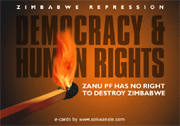
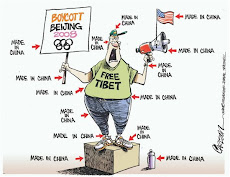
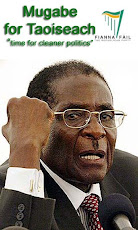





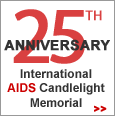






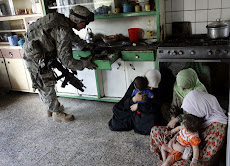











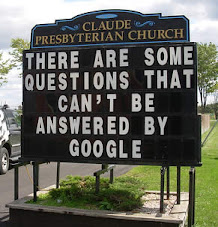

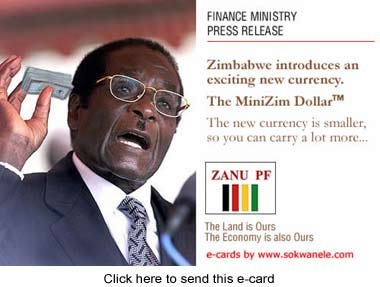









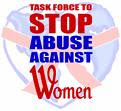










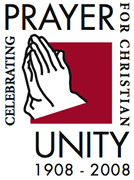
No comments:
Post a Comment